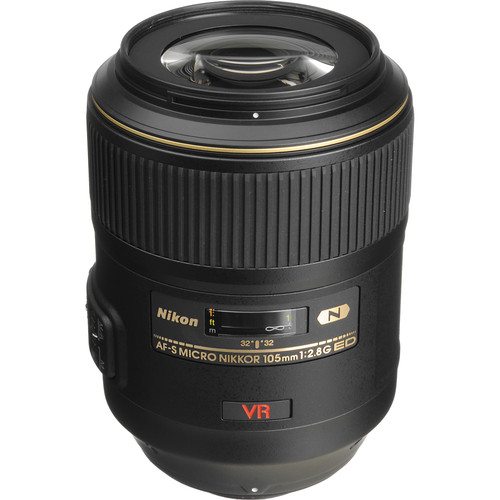
Finally, it's compatible with Nikon's ES-2 film digitizing adapter for converting frames of 35mm film to digital.īoth the Nikkor Z MC 105mm F2.8 VR S and Z MC 50mm F2.8 will be available in late June for suggested retail prices of $999.95 and $649.95 USD, respectively. While it foregoes the more expensive Nano Crystal and ARNEO coatings for flare and ghosting resistance, a fluorine coat is included on the front element to help repel dust and fingerprints. It has a silent STM autofocus motor, a focus limiter switch, and also has nine rounded aperture blades. It's also dust and drip resistant, though its barrel extends when focusing at especially close distances. The Nikkor Z MC 50mm F2.8 will, given its focal length and lightweight design (260g or 9.2oz), lend itself well to being a standard 'walk-around' lens that also happens to focus to 1:1 magnification. The Nikkor Z MC 50mm F2.8 is also dust and A large rear aspherical element helps reduce field curvature at long and short subject distances, which should aid in everything from wide aperture naturescapes to reproduction work. The optical formula is comprised of 16 elements in 11 groups. Rounding out the 105mm F2.8's feature set is a nine-bladed diaphragm with rounded aperture blades, a focus limiter switch and ARNEO and Nano Crystal coatings to help prevent flare and ghosting artifacts. It's dust and drip-resistant as well, and focus is all internal. A built-in VR system will provide 4.5 stops of shake-reduction even on the un-stabilized Nikon Z50 camera (an image-stabilized full-frame camera won't get you any further stops of stabilization). It comes with dual STM autofocus motors that move two groups of lenses intended to maximize both speed and optical performance across the focus range. Nikon says the Nikkor Z MC 105mm F2.8 S VR's focal length will make for an ideal mid-length portrait lens as well. Macro lenses aren't always just aboutīut macro lenses aren't always just about the small details. These new macro lenses (referred to by the technically more accurate term of 'micro' in Nikon's vernacular) are the first native Z mount Nikon lenses to provide users with a 1:1 reproduction ratio. If necessary set exposure mode to P or A and adjust the aperture settings by using the zoom lever so that the camera is using a smaller aperture (try F8 or F16 and compare results).Nikon has expanded its Nikkor Z lens lineup with two new additions – the Nikkor Z MC 105mm F2.8 VR S and the Nikkor Z MC 50mm F2.8. If some parts of the object are not in focus, I'd select "single-area" focus mode and position the focus area on the most important element of the object. Using any sort of tripod or camera support (even improvised) will help a lot, use the timer to set a delayed release. If you have the 10-30 mm lens, I'd set it to 30 mm, you'll need to move the camera a little further away from the subject but the subject will fill more of the picture (this depends on the lens, experiment, don't assume that macro means getting the lens as close as possible to the subject). I'd try and get a good source of lighting such as a window on a sunny day, I'd use a reflector to bounce light onto the other sides of the subject - a sheet of white paper will work.

If you have the Nikon-1 J1, I wouldn't use it's built in flash for very close subjects, the lens may mask the subject when used close up. However you should be able to get reasonably good close-up photographs of jewelry using the J1 or V1 and one of the standard kit lenses - I imagine most people have the 10-30mm lens. None of the current (July 2012) Nikon-1 lenses are macro lenses although you can use the FT1 adapter with Nikon-F lenses to get true macro capability. You don't say whether you are using the Nikon 1 J1 or Nikon 1 V1 nor which lens you are using.


 0 kommentar(er)
0 kommentar(er)
